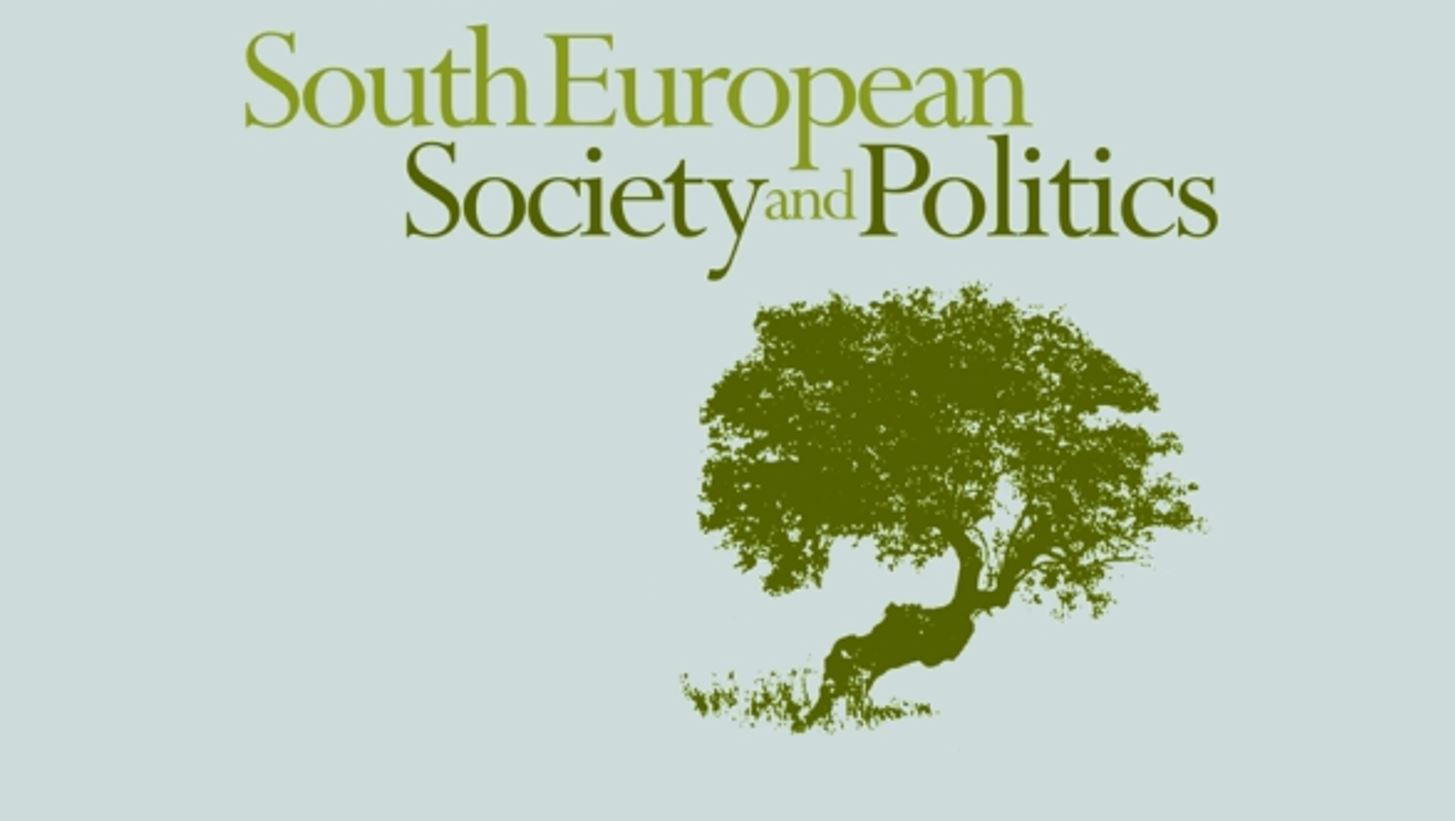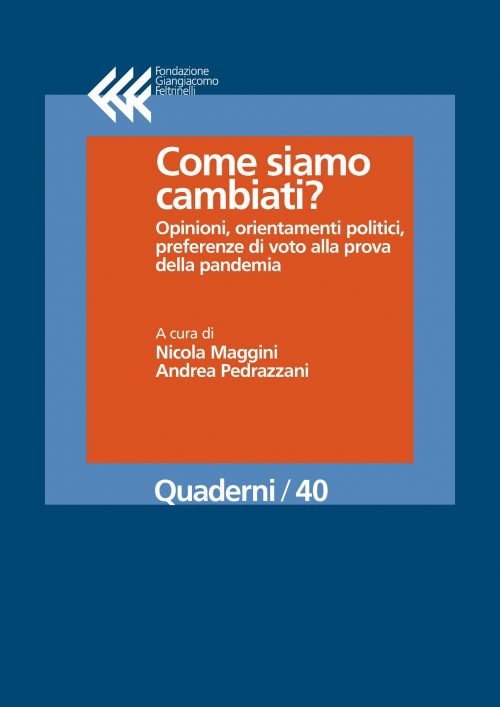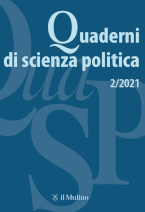Pubblicazioni scientifiche
Le pubblicazioni scientifiche prodotte dagli studiosi CISE
-

Unpacking government instability. Cabinet duration, innovation, and termination events in Italy between 1948 and 2021
To cite the article: Marco Improta, Unpacking government instability. Cabinet duration,…
-

Going technocratic? Diluting governing responsibility in electorally turbulent times
To cite the article: Emanuele, V., Improta, M., Marino, B., and…
-

Inside Technocracy: Features and Trajectories of Technocratic Ministers in Italy (1948–2021)
To cite the article: Improta, M. (2022). Inside Technocracy: Features and…
-

The role of party preferences in explaining acceptance of freedom restrictions in a pandemic context: the Italian case
To cite the article: Ladini, R., and Maggini, N. (2022), The…
-

Are All Populist Voters the Same? Institutional Distrust and the Five Star Movement in Italy
To cite the article: Davide Angelucci & Davide Vittori (2022) Are All Populist…
-

Come siamo cambiati? Opinioni, orientamenti politici, preferenze di voto alla prova della pandemia
Per citare l’articolo: Come siamo cambiati? Opinioni, orientamenti politici, preferenze di…
-

Inchiesta su periferie urbane, disagio socio-economico e voto. I casi di Bologna, Firenze e Roma
Per citare l’articolo: Cini, L., Colloca, P., Maggini, N., Tomassi, F.,…


